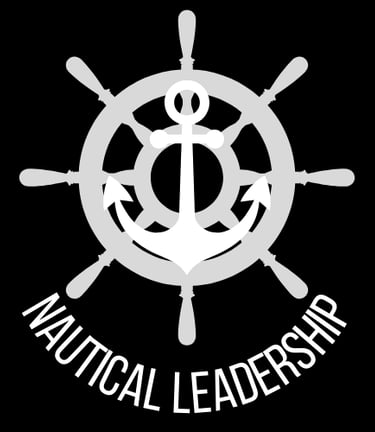The Art of the Pivot: Let's Talk About Why Changing Course Isn't Failure, It's Just Smart Navigation
In today's world, changing plans is often seen as one ditching their original strategy and is often labelled as an admission of failure. However, a master navigator never sticks to an original map; rather, they use it only as a tool to guide them, always reading signs and looking at the horizon and ready to pivot when the situation demands.
Dave Chauhan
4/28/20252 min read
Okay, let’s talk about that uncomfortable feeling, the one where you realise the plan, the one you poured everything into, isn't working anymore. The one where the course you charted is leading you towards the rocks. It’s easy to feel like you've failed, isn't it? Well, the popular perception is that changing direction is some sort of public admission that you messed up.
But what if we just… shifted that perspective? What if we saw changing course, pivoting, not as a failure, but as a fundamental act of smart, courageous navigation?
If you think that a master navigator just blindly follows the original chart and sticks to the dotted line on the map, let me tell you that's not the case. The reality is that the maps are followed for guidance and direction only. A skilful navigator is constantly observing, constantly reading the environment, constantly checking their position against the reality on the ground. And when they see that the current course is no longer the best course, they don’t hesitate. They make the turn. They adjust the sails. They pivot. Because the goal isn't to stick to the original plan at all costs, it's to reach the destination safely and effectively.
In leadership, clinging rigidly to a failing strategy, to a plan that the world has already made obsolete, is far more dangerous than having the courage to change direction. It’s a Wayfinder's eye that sees the need for the turn – the signals from the market, the feedback from the team, the whispers of disruption on the horizon - It's like a quiet wisdom that can sense the subtle shift. And it's a Seafarer's courage, their decisiveness that actually makes the turn – the willingness to grab the helm and steer towards a new path, even when it feels uncertain, even when it means disrupting the status quo and leaving behind the familiar.
Is going through a pivot scary? Absolutely. It can feel like stepping off a cliff into the unknown. When there are no guarantees, no certainty. But the most resilient leaders, the ones who thrive in today’s dynamic world, understand that pivoting isn't the end of the journey; it’s often the beginning of a new, more promising one. It’s about embracing change, not as a threat, but as an opportunity to learn, to adapt, and to chart a course towards something even stronger and more resilient.
So, let's ditch the idea that changing course is failure. No, it's not. It's navigation. Changing course doesn’t mean you were wrong. It means you’re still leading. It means you have the heart to recognise when the old map no longer fits—and the courage to draw a new one. That’s what real leadership is: feeling the change, trusting your instincts, and setting sail once again.
Ready to embrace course correction as an art of smart navigation? Let's explore how to lead through change with courage and adaptability on my website - davechauhan.com
Photo Credits - Canva







